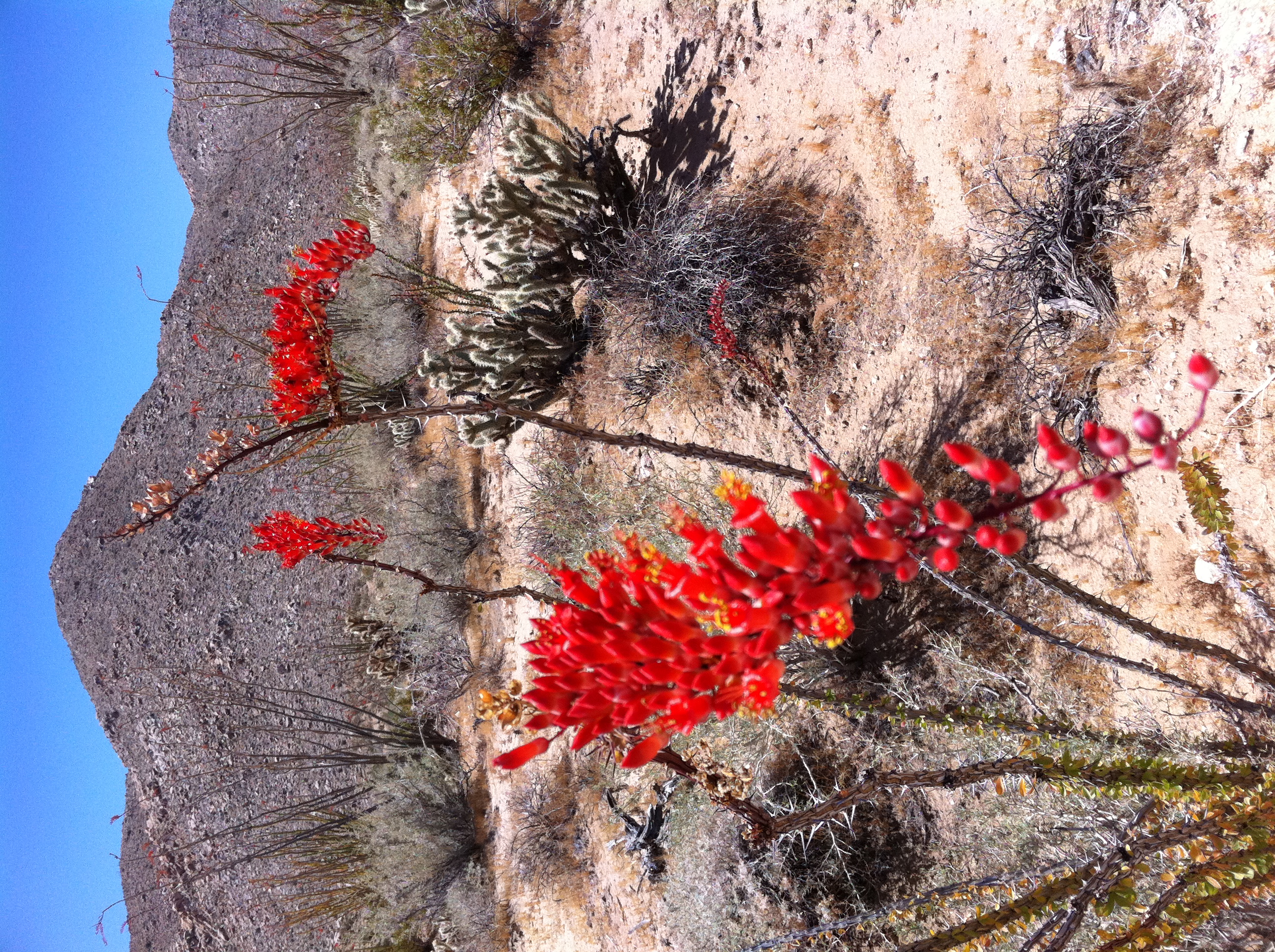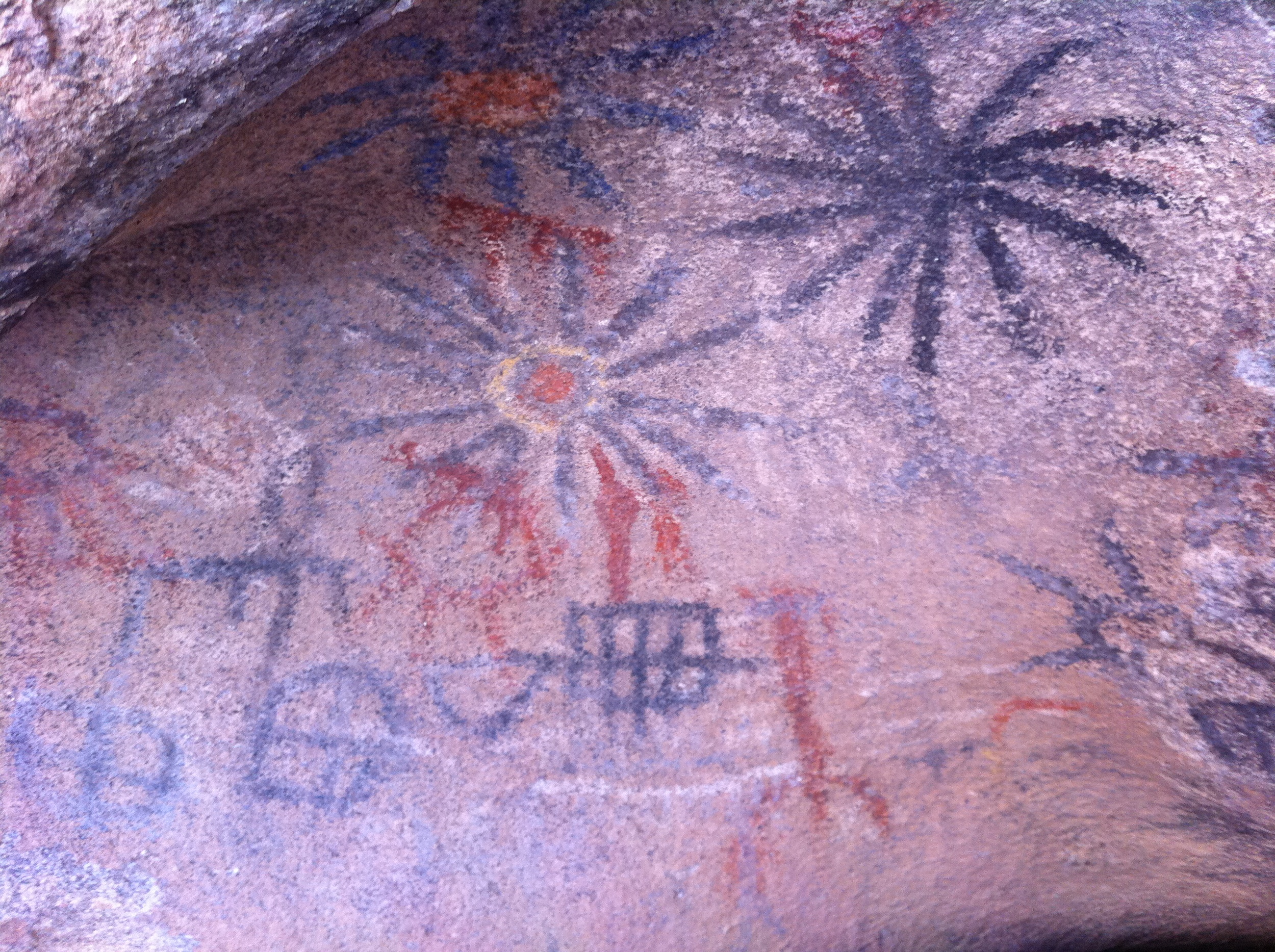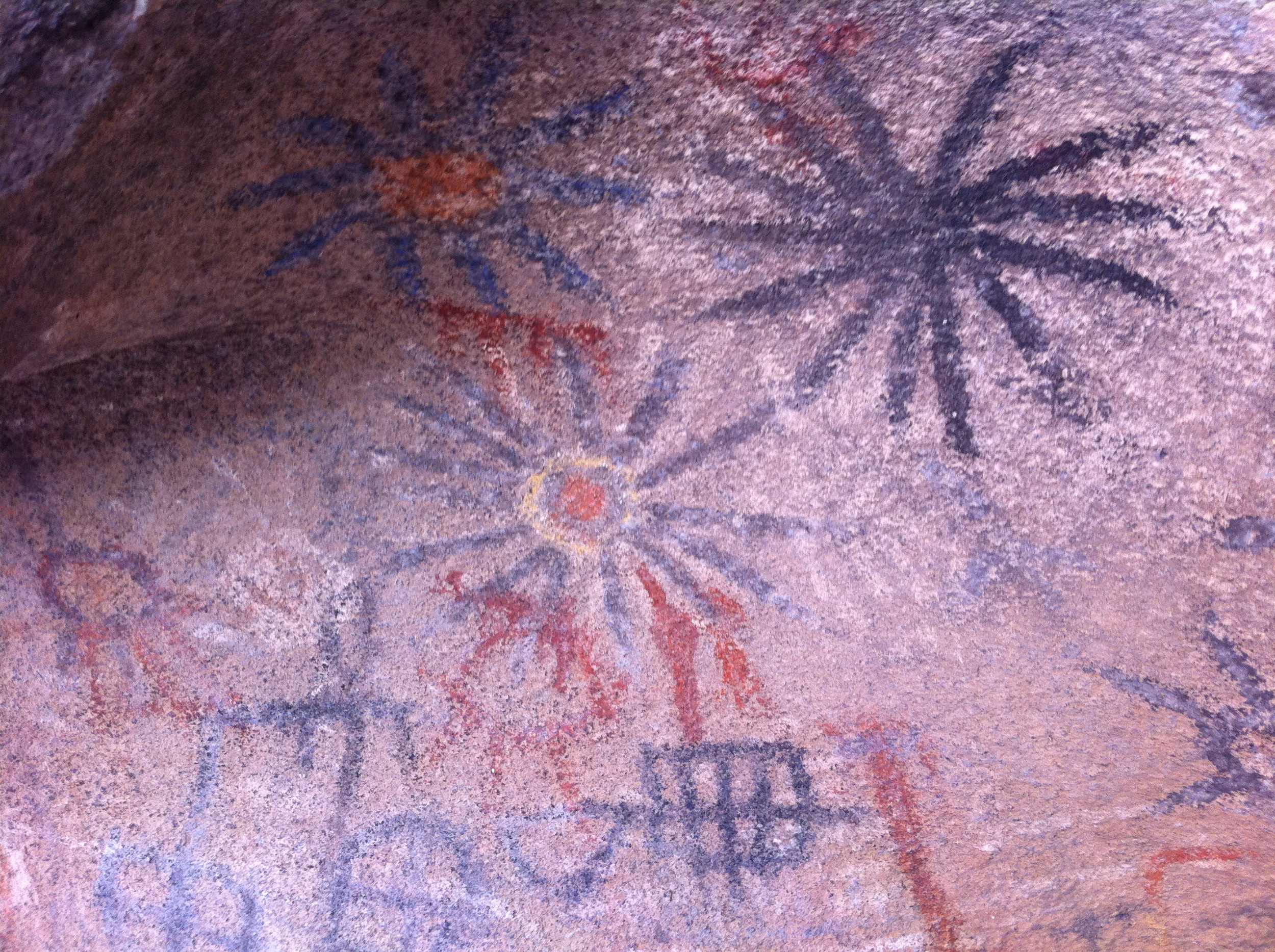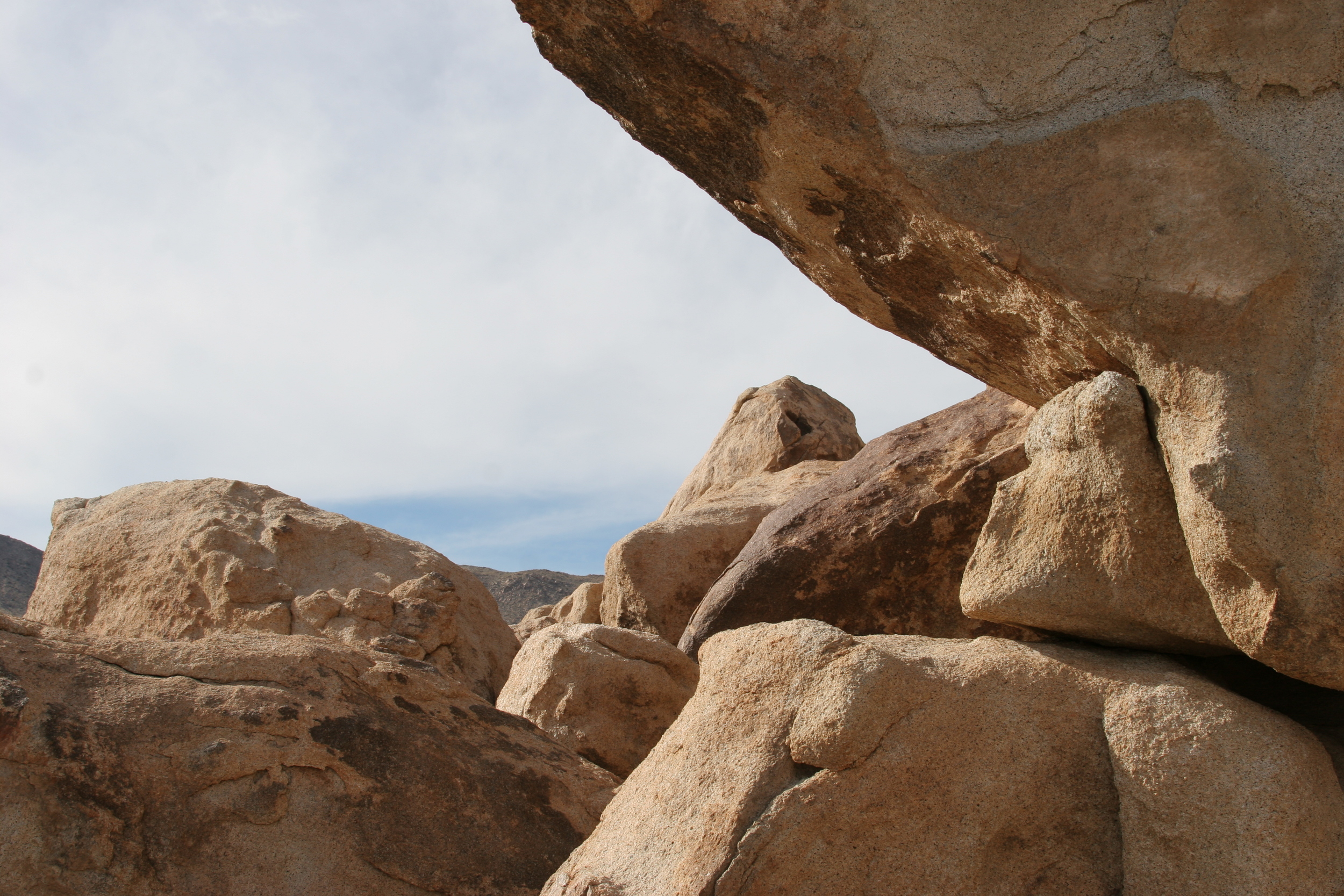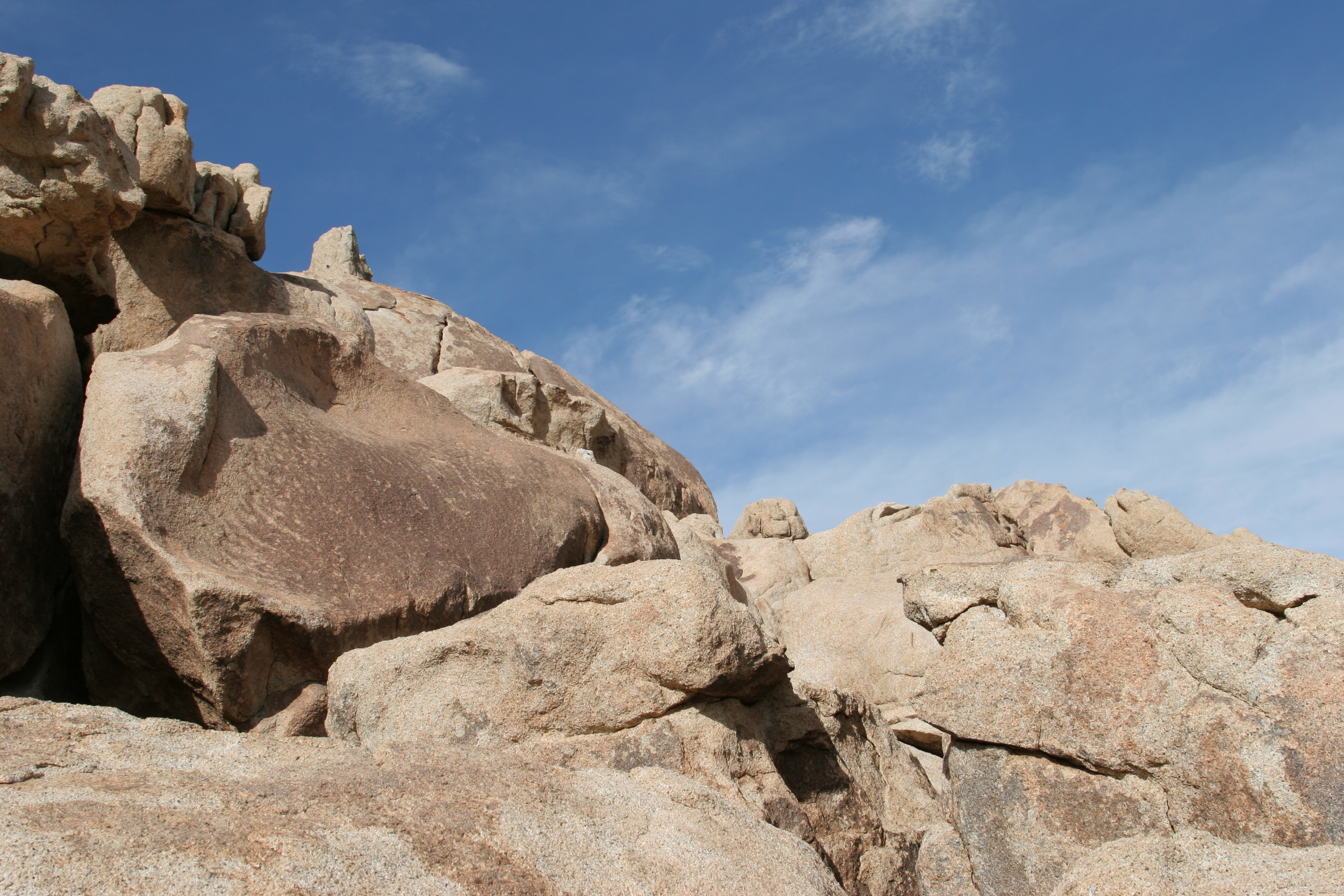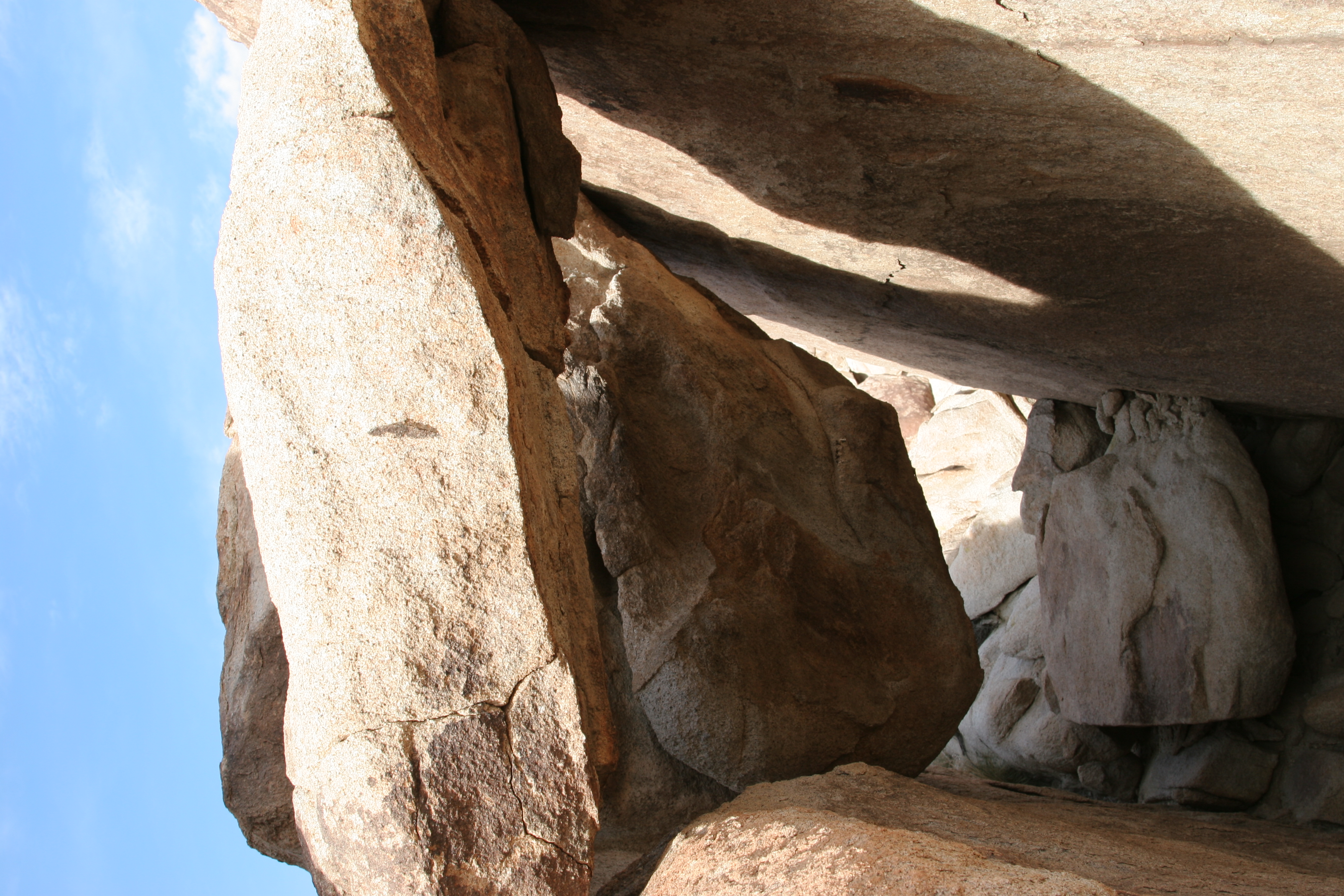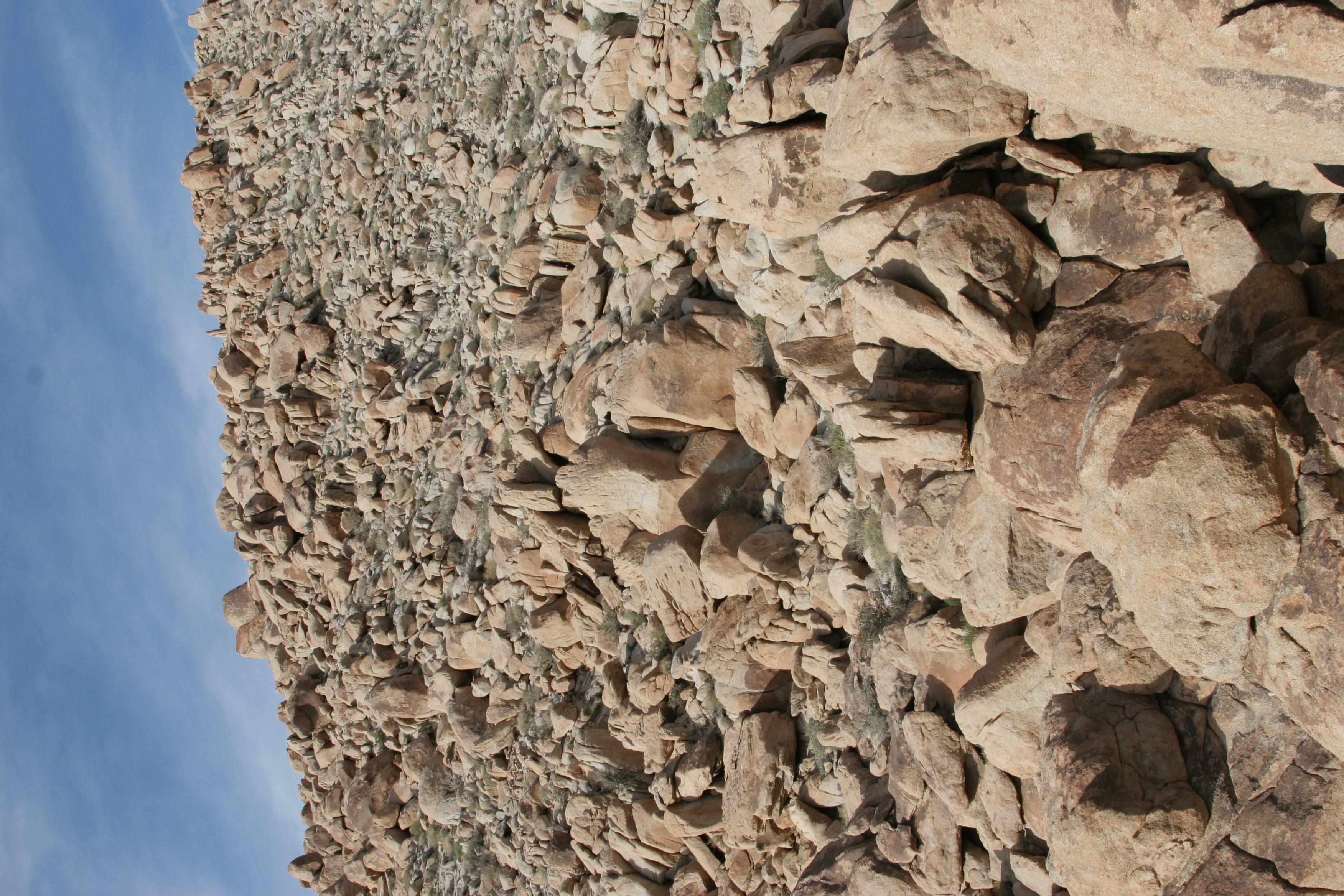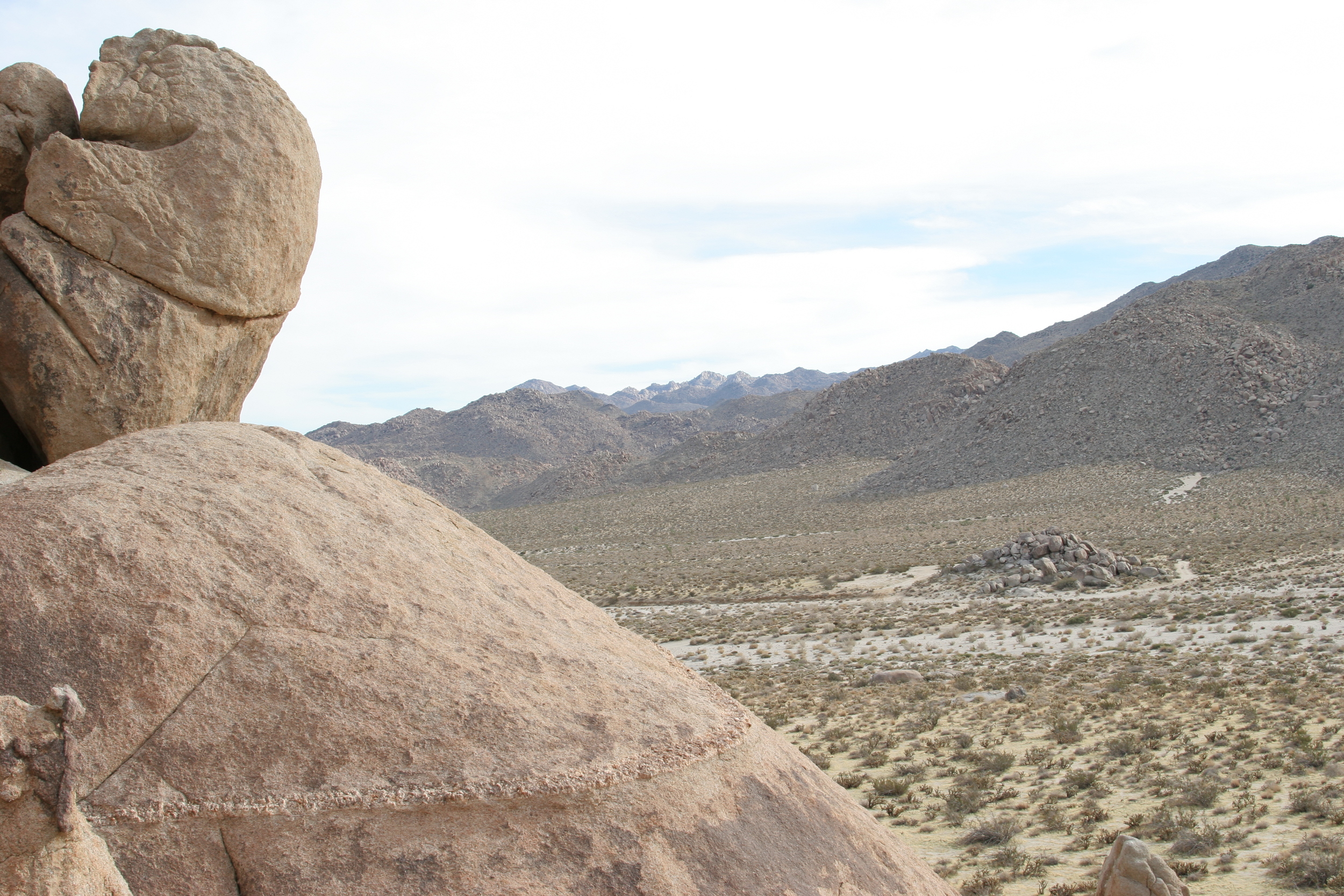I can’t remember the first time I heard about the Blue Sun Cave. Maybe it was at a party, when I was discussing modern petroglyphs (graffiti) in the desert, compared to old, actual petroglyphs. Perhaps I stumbled across a mention of it online while searching for details on another trip. Or, maybe I read about it in my old, battered copy of Afoot and Afield in San Diego, by Jerry Schad. Even though I’m not sure how, where, or why I first heard about it, I do remember what Schad had to say about it, “rock art located on Indian Hill, which was purposely mislabeled on certain maps”. (Yes, I’m paraphrasing, as I don’t have my copy in front of me). That phrase, however, sticks out in my mind, because it piqued my curiosity. Mislabeled on certain maps? It made one wonder why, or how, that could happen. Here in the twenty-first century, there were things that weren’t labeled properly, or out in the wild that could not be found easily? It was an actual challenge, an actual, dare I say it, adventure.
Blue Sun Cave
Now, I’ll be the first to admit that pretty much anything with me – or with anyone can be an adventure, but this fit the description better than going to the grocery store. Heading off into the unknown with scant information to find something that existed from ancient times? I was sold; it was like searching for the Ark of the Covenant. The first thing I did was head online. Surprisingly, this was one of the few areas where the internet failed me: there was next to no information out there on the site. What information I could was sketchy, and per many bloggers, not helpful. I even asked an archeologist friend of mine about the site, and how to get to it. The result of this query was even more unhelpful, a flat: “Hmm, sounds interesting, but I’ve never heard of it.”
Finally, I did what I should have done initially. I stocked up on water, put on my boots, grabbed a quad of the region, and headed out to start searching. The first time I was out there, I found Indian Hill right away – but found nothing else. This of course made me assume that I was in the wrong spot (Darn you, Staff of Ra). The second time, I shifted my search slightly South – and definitely found nothing. Then, the unexpected happened. A friend of mine heard what I was doing, and said, “Oh, yeah, that spot. I know where it is” and gave me good directions. When I went back the third time, there it was. Now, I know what you’re thinking: can anything be that amazing, that special if it’s merely painted on rock? I say yes. It was amazing to me for a number of reasons: first, the amount of work I put in to find it left me with a sense of accomplishment. Second, and more importantly, it’s a site that’s remarkably well preserved, and it’s mind-boggling to think about the work that went into the site, and how people journeyed to and from it some five hundred years ago – or more in the past. Third, and, I say this unabashedly – the rule of cool. Petroglyphs are just cool. It’s art from another era, from our common human past. That alone makes it special.
Directions: Well, I’ve got some bad news here. When I started searching, I was annoyed that there were no directions to the site. And, I was going to possibly provide directions to help others, because that’s what I do at times (after all, you’re reading my blog to learn about finding/experiencing things, right?). But then, two things happened: first, I made a promise to people who helped me out about not revealing the exact location; and second, once I found it, I realized that there shouldn’t be directions to it anyways. One of the reasons that it’s so well preserved is that well, not many people know about it. More importantly, it is a sacred site to the descendants of those original artists. Last, one of the things I believe is that everyone should have their own adventures. I always have viewed this site as more of a series of suggestions than an absolute “must-do” guide. So, if you really want to see this site, I suggest you take what I’ve provided here – and the links that follow it, and have your own adventure, and explore. I guarantee that when and if you do find the site, you’ll appreciate it just as much as I did, rather than me drawing you a concrete map.
All that I’ll tell you is this: the cave with the petroglyphs is called the “Blue Sun Cave”, and it is around Indian Hill, in the Anza Borrego Desert. Don’t be fooled by a larger charred cave; this is not where the petroglyphs are. It’s roughly 15 miles West of Ocotillo in the Desert. You can walk there; you can drive there; or you can do both. If you find a guardrail, you’re close to Indian Hill. As for the rest, I’m sure you can piece it together from what I’ve told you here, should you be willing to do the work.
Tips: It’s the desert. Take plenty of water, no matter what season it is. If you’re four wheeling, the terrain isn’t that bad, but give people an idea of where you are so you don’t end up stranded. Also, do note that the area is popular for immigrants crossing from Mexico into the United States. You will find water drops or other caches; be careful with any strangers you happen to see. This area has seen increased Border Patrol surveillance and patrols from 2010 through 2011, but as it is the wild, you can’t count on them to bail you out should there be trouble. Most importantly: be respectful. Don’t vandalize the site. You wouldn’t vandalize a church; or a fine work of art, and if you would, you’re an ass. Don’t trash the site; don’t do anything to ruin this for future generations. If you do – well, I’ll find you, because I find things and people, and I’ll see that you get sorted in some way. Other than that, enjoy it. :)
See you in the wild!

